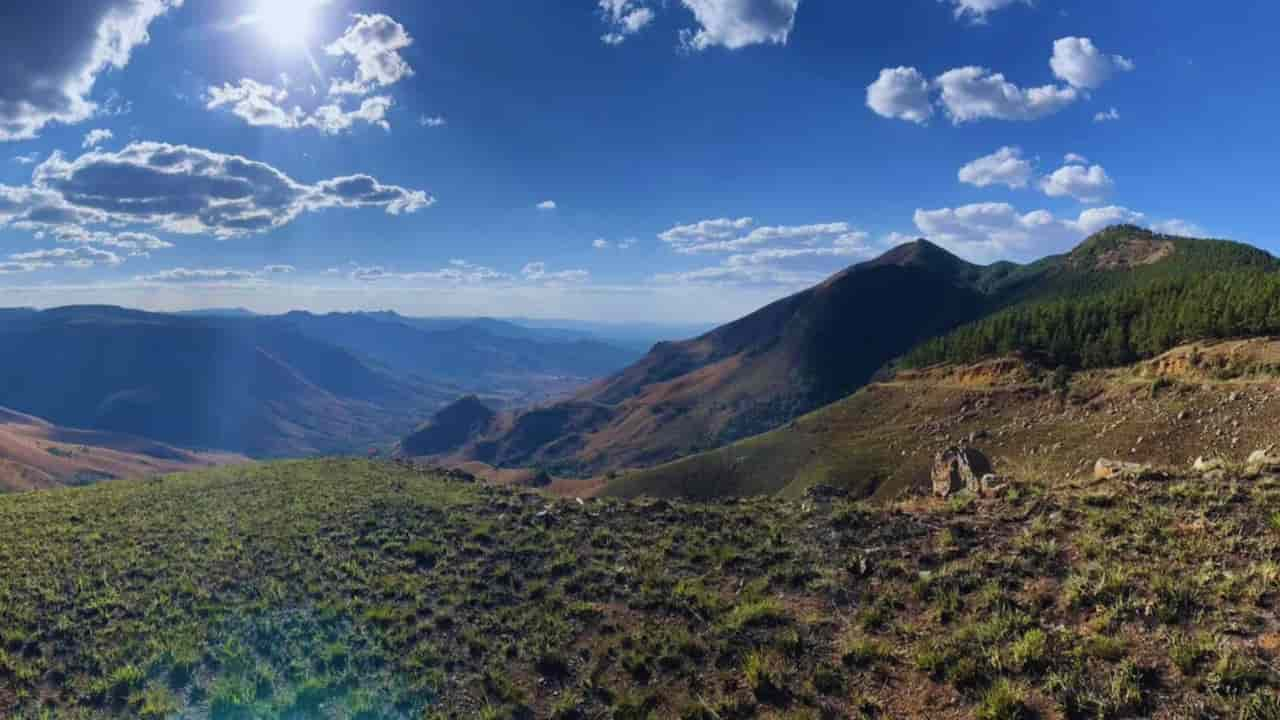Ancient Meteorite: Earth’s Devastating Yet Life-Enriching Cosmic Visitor
Breaking News: In a groundbreaking discovery that reshapes our understanding of Earth’s early history, scientists have uncovered evidence of a massive meteorite impact that both devastated and enhanced our planet 3.2 billion years ago.
Dr. Nadja Drabon, lead researcher from Harvard University, and her team have revealed shocking details about the S2 meteorite impact—a cosmic collision that makes the dinosaur-killing asteroid look tiny in comparison. This space rock, roughly the size of four Mount Everests combined, slammed into Earth with devastating force.
The research team found their evidence in an unexpected place: the Barberton Makhonjwa Mountains of South Africa. Here, hidden in layers of ancient rock, they discovered the story of this cosmic crash through tiny glass-like particles called spherules.
When the giant rock hit Earth, it kicked off a chain of incredible events. Picture this: a massive wave of water—a tsunami—swept across the entire planet. The crash was blistering it actually boiled the top of the ocean, sending huge amounts of steam into the sky. Within hours, dust blocked out the sun worldwide, plunging Earth into darkness.
But here’s the surprising twist: this cosmic disaster might have actually helped life flourish. Dr. Drabon explains it simply: “The impact worked like a giant fertilizer bomb.”
The crash stirred up the oceans, bringing important nutrients like iron and phosphorus to the surface. These nutrients helped early bacteria thrive and multiply.
Back then, Earth looked very different. There were no animals, no plants—just bacteria floating in vast green oceans. Dr. Drabon describes it as a “water world” with few islands where the seas glowed green from iron-rich waters.
The research team spent days hiking through the mountains, using sledgehammers to carefully collect rock samples. These rocks told an amazing story through their layered minerals, helping scientists piece together what happened after the impact.
The effects were dramatic but quick. While the impact initially killed many microorganisms, these simple life forms bounced back faster than you might think. As Dr. Drabon puts it, “It’s like brushing your teeth—you might kill 99.9% of bacteria, but by evening, they’re back.”
Ben Weiss, a professor at MIT who wasn’t part of the study, calls this discovery remarkable. He points out that no current crater on Earth comes close to matching the size of this ancient impact. This makes these South African rocks incredibly valuable for understanding how such massive collisions affected early life.
This discovery changes how we think about asteroid impacts. While we usually see them as purely destructive—like the one that wiped out the dinosaurs 66 million years ago—this ancient collision shows they could also help life thrive under the right conditions.
The research team continues their work, hoping to find more evidence of ancient impacts in these mountain rocks. Each discovery helps us better understand how Earth’s earliest life forms survived and evolved through cosmic catastrophes.
This fascinating research appeared in Monday’s issue of the Proceedings of the National Academy of Sciences, marking a significant milestone in our understanding of Earth’s ancient history and the surprising ways life can persist and thrive even after devastating events.
